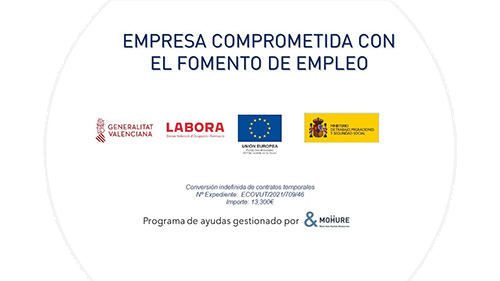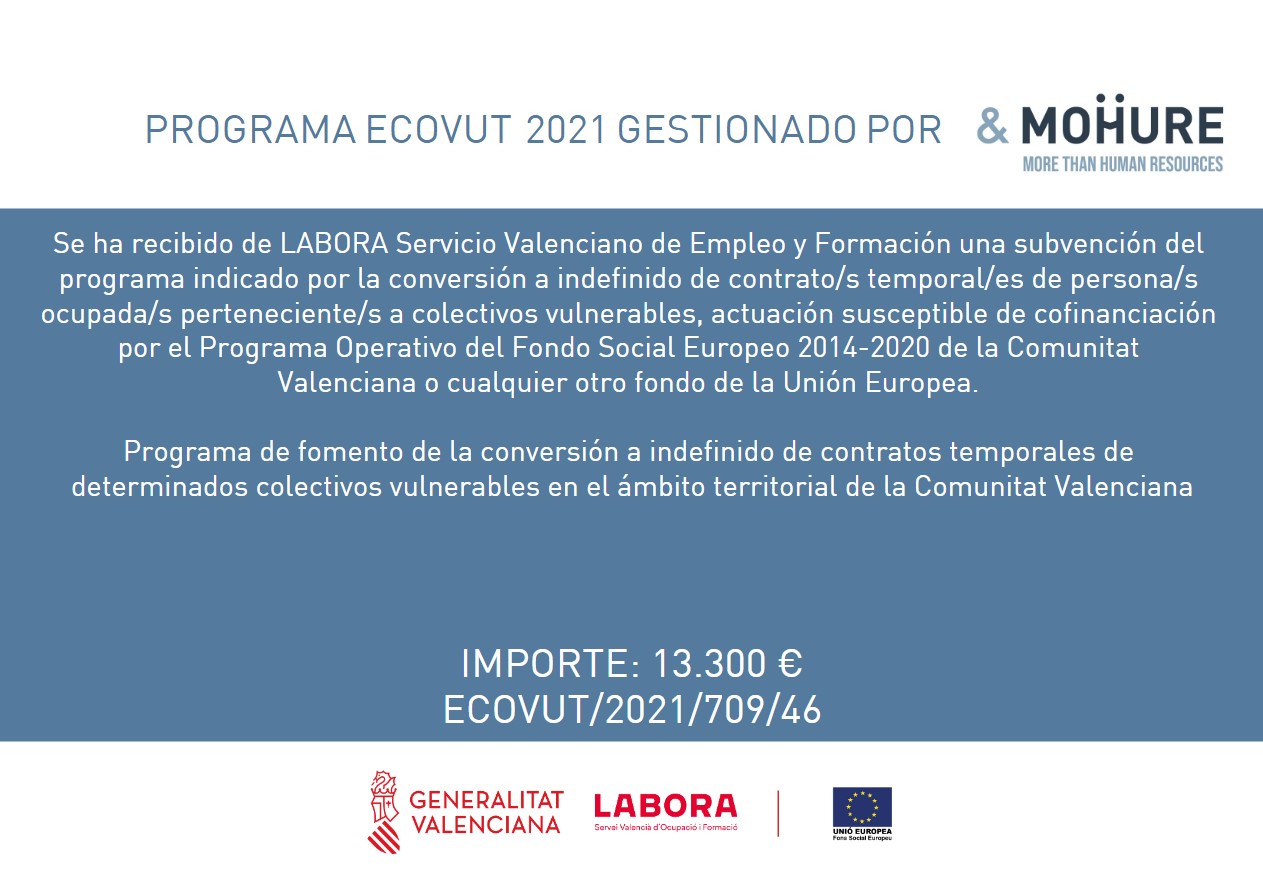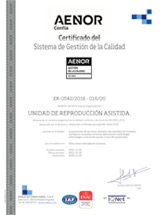More and more women vitrify their eggs. As the age of motherhood is delayed, the number of women who decide to freeze their eggs for subsequent in vitro fertilisation is growing.
Vitrification of eggs and embryos is now a routine technique in reproductive laboratories, an ultra-rapid freezing process, which avoids the formation of crystals in the cells. Once vitrified, they are preserved in nitrogen tanks at a temperature of -196o C for an indefinite peri- od of time, without losing the characteristics they main- tained at the time of vitrification.
Achieving pregnancy with a vitrified embryo will depend on the survival of the embryos after freezing, the embryo quality and developmental capacity, and the receptivity of the endometrium at the time of transfer.
Oocytes are vitrified when:
- The woman decides to postpone childbearing; If she has to undergo ovarian surgery;
- If gonadotoxic treatments have to be administered;
- When the accumulation of oocytes is necessary in a treatment due to low ovarian reserve;
- If in an oocyte donation treatment there is no synchronisation with the recipient.
This technique has made it possible to increase the cumulative pregnancy rate of each puncture and, at the same time, reduce the rate of multiple pregnancies. This is due to the fact that in IVF cycles, where several em- bryos suitable for transfer are obtained, an attempt is made to transfer only one embryo. Since, thanks to all the current embryo selection techniques, we can se- lect the embryo to be transferred more accurately and the rest are vitrified, so that they can be counted on for future transfers.
Therefore, as long as embryos can be vitrified, it will not be necessary for the woman to be stimulated and enter the operating theatre again.
Dr. Rocío López Rodríguez
Gynaecologist – UR HLA Puerta del Sur











